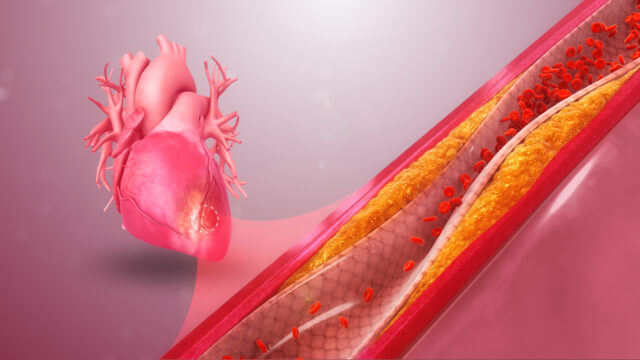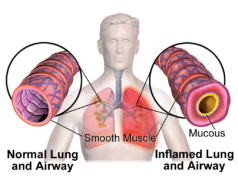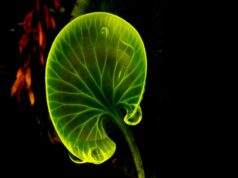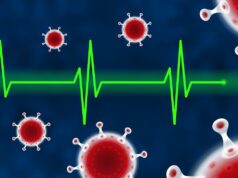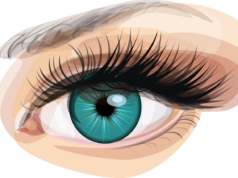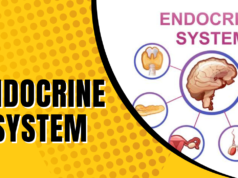Blood Heart and Circulation
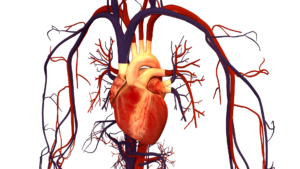
Blood, the heart, and course are interconnected parts of the cardiovascular framework, which assumes a fundamental part in the transportation of oxygen, supplements, chemicals, and side effects all through the body. Here is an outline of every part:
Blood: Blood is a liquid connective tissue that circles all through the body, conveying different substances to their individual objections. It comprises of various parts, including red platelets (RBCs), white platelets (WBCs), platelets, and plasma.
Red Platelets (RBCs): RBCs contain hemoglobin, a protein that ties with oxygen in the lungs and transports it to the body’s tissues. They likewise assist with eliminating carbon dioxide, a byproduct, and convey it back to the lungs for exhalation.
White Platelets (WBCs): WBCs are essential for the insusceptible framework. They shield the body against diseases, unfamiliar substances, and strange cells.
Platelets: Platelets are associated with blood thickening. At the point when a vein is harmed, platelets total and structure coagulation to forestall exorbitant dying.
Plasma: Plasma is the fluid part of blood. It contains water, proteins, chemicals, byproducts, and different substances. Plasma keeps up with the equilibrium of electrolytes, pH, and liquid levels in the body.
Heart: The heart is a solid organ situated in the chest cavity, marginally shifted to one side. Its capabilities as a siphon, ceaselessly contracting and unwinding to impel blood all through the body. The heart has four chambers: two atria (solitary: chamber) and two ventricles.
Atria: The atria get blood getting back to the heart. The right chamber gets deoxygenated blood from the body through the predominant and mediocre vena cava. The left chamber gets oxygenated blood from the lungs through the pneumonic veins.
Ventricles: The ventricles are liable for siphoning blood out of the heart. The right ventricle siphons deoxygenated blood to the lungs through the aspiratory course, while the left ventricle siphons oxygenated blood to the remainder of the body through the aorta.
Valves: The heart has valves that guarantee one-way bloodstream. The atrioventricular (AV) valves separate the atria from the ventricles, while the semilunar valves separate the ventricles from the significant corridors.
Dissemination: The course alludes to the development of blood through the body, which is fundamental for conveying oxygen and supplements to cells and eliminating byproducts. There are two principal sorts of dissemination:
Foundational Flow: Fundamental dissemination conveys oxygenated blood from the passed-on side of the heart to the body’s tissues through courses. It then, at that point, returns deoxygenated blood to the right half of the heart through veins, which in the end enter the lungs for oxygenation.
Pneumonic Course: Aspiratory dissemination transports deoxygenated blood from the right half of the heart to the lungs through the pneumonic supply routes. In the lungs, carbon dioxide is traded for oxygen, and oxygenated blood gets back to the left half of the heart through the aspiratory veins.
The coordination of blood, heart, and dissemination guarantees the proficient conveyance of oxygen and supplements to tissues, upholds the resistant framework, and keeps up with general homeostasis in the body.

